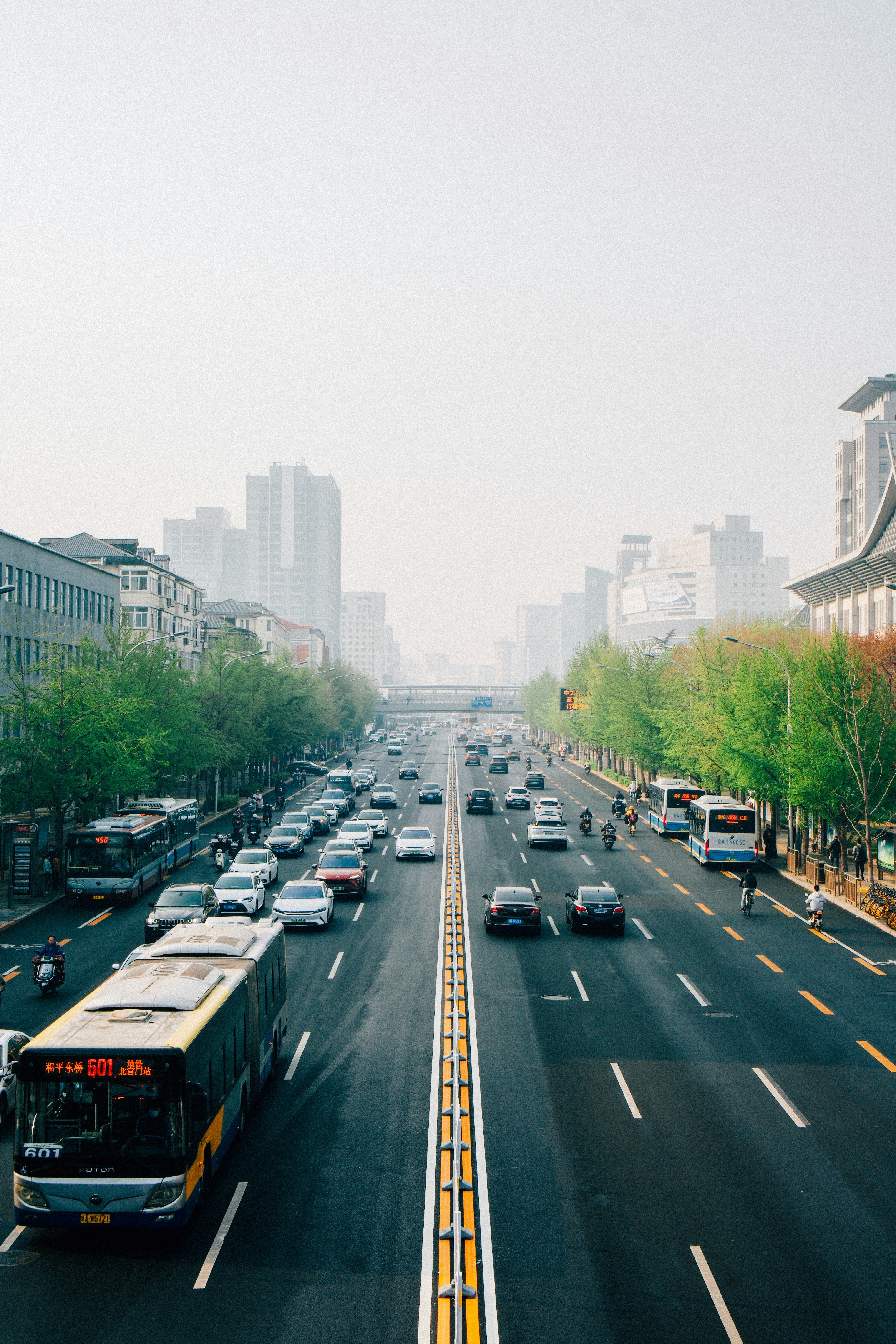A concerning new report from the American Lung Association (ALA) reveals a significant deterioration in air quality across the United States, leaving millions vulnerable to dangerous pollutants. The annual “State of the Air” report, highlighted in articles by The Guardian, The New York Times, and Fox Atlanta, paints a grim picture of rising smog and soot levels, exacerbated by climate change and potential rollbacks of environmental regulations.
- Millions of Americans are breathing increasingly unhealthy air, with smog and soot levels reaching a decade high.
- Communities of color are disproportionately exposed to these dangerous air pollutants.
- Factors like climate change and potential environmental regulation rollbacks are contributing to this worsening trend.
A Decade-High in Unhealthy Air
The Guardian reported that “just over 156 million people live in neighborhoods with unhealthy levels of soot or smog – a 16% rise compared with last year and the highest number in a decade.” This alarming statistic underscores a clear trend of worsening air quality, impacting nearly half of the American population. The New York Times corroborated this, stating, “At least 156 million Americans, about 46 percent of the population, live with unsafe levels of ozone, particulate pollution or both…”
Disproportionate Impact on Communities of Color
The reports also highlight significant environmental justice issues. The Guardian emphasized that “a person of color is more than twice as likely as a white American to live in a neighborhood with unhealthy levels of smog and soot. But Latino Americans are the most impacted, and three times more likely to be breathing in both toxic air pollutants.” This disparity underscores existing inequalities and the urgent need for equitable environmental policies.
Local Crisis in Atlanta
The situation appears particularly dire in some metropolitan areas. Fox Atlanta reported that “metro Atlanta residents are breathing some of the worst air in the Southeast.” The city’s smog levels have alarmingly tripled since the previous year, earning it a failing grade and a ranking as the third worst in the Southeast for smog. Regarding particle pollution, Atlanta also received a failing grade for year-round levels. Danna Thompson, advocacy director for the Lung Association in Georgia, stated, “Unfortunately, too many people in the Atlanta metro area are living with unhealthy levels of ozone and particle pollution. This air pollution is a threat to human health at every stage of life”
Climate Change and Regulatory Rollbacks as Key Factors
Experts attribute the worsening air quality to factors like extreme heat and wildfires, both intensified by climate change. The Guardian noted that “both pollutants are made worse by heat waves and wildfires – extreme weather events getting more intense and widespread due to human-made global heating.” Furthermore, concerns are mounting over potential environmental policy changes. The New York Times highlighted that “plans by the Trump administration to loosen environmental regulations and cut funding for air quality research would make matters worse…” Harold Wimmer, president and CEO of the ALA, as quoted in The Guardian, warned that “Efforts to slash staff, funding and programs at the Environmental Protection Agency (EPA) are leaving families even more vulnerable to harmful air pollution.”

